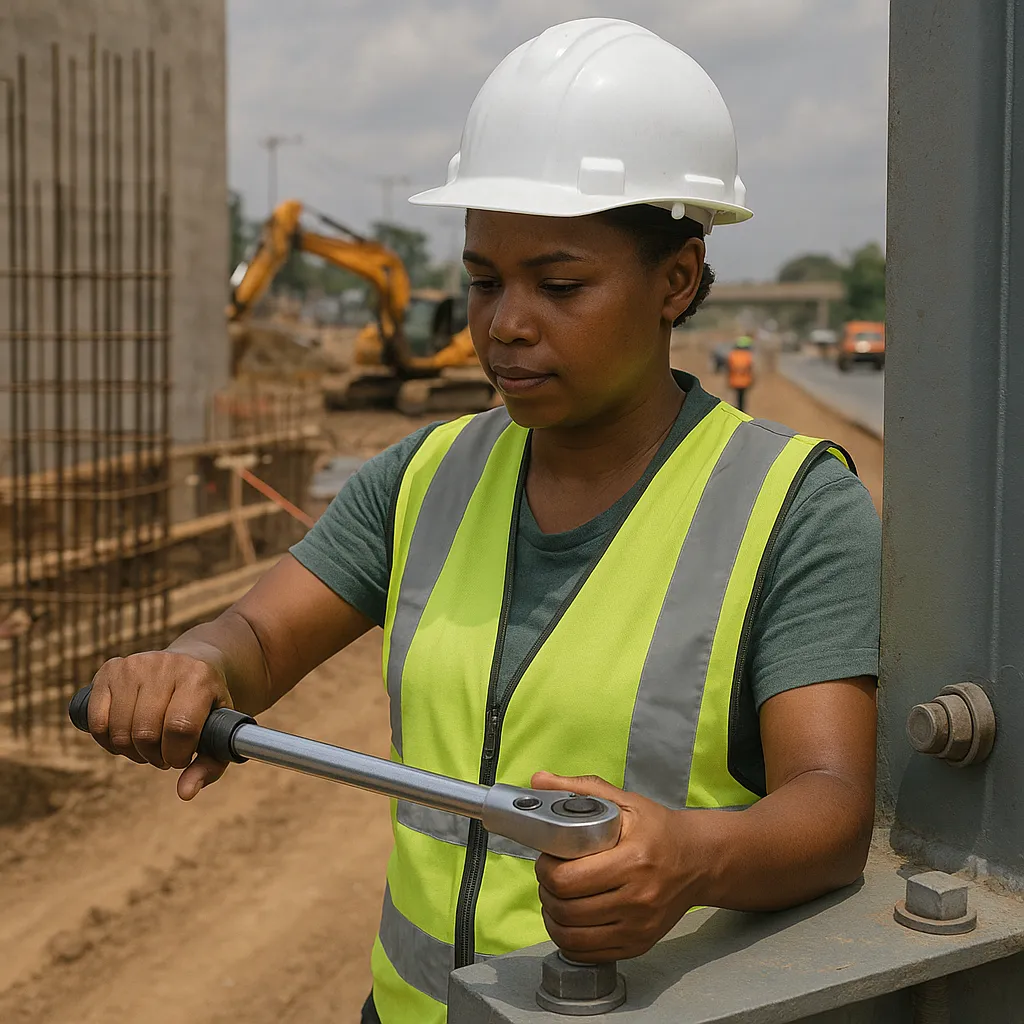Engineering Oversight in Infrastructure Projects
Published on: Fri Aug 14 2020 by Ivar Strand
**Engineering Oversight: Ensuring Quality and Compliance in Infrastructure Projects
Introduction
Infrastructure projects—roads, bridges, schools, clinics, and power systems—are among the most significant and tangible investments made in the development and post-conflict recovery sectors. They represent not only a substantial financial outlay but also a long-term commitment to a community’s economic and social progress. Given their high cost and permanent nature, ensuring the quality and durability of these assets is a matter of profound importance.
Traditional monitoring approaches, however, often fall short. A standard site visit can confirm that a building exists or that a road has been paved, but it cannot easily answer more critical questions: Was the structure built to the correct design specifications? Were the specified quality and quantity of materials used? Is the asset safe and will it last for its intended lifespan? A structure that exists but is of substandard quality is not only a poor return on investment; it is a potential long-term risk to the public. The central challenge, therefore, is to integrate technical engineering expertise directly into the monitoring process to conduct rigorous quality assurance, ensuring compliance with both the contractual Bill of Quantities (BoQ) and internationally recognized safety standards.
The Anatomy of Infrastructure Failure
To design an effective verification system, one must first understand the common points of failure in the construction process. Infrastructure projects rarely fail due to a single, catastrophic event; rather, failure is often the result of an accumulation of smaller, often hidden, deficiencies. A non-specialist monitor is typically not equipped to identify these technical issues.
- Failure of Design: The process can be flawed from the start if the initial engineering designs are not appropriate for the local context. This can include underestimating seismic risks, failing to account for soil liquefaction potential, or designing drainage systems that are inadequate for local rainfall intensity, leading to premature erosion and structural undermining.
- Failure of Materials: This is a primary area of concern and a common method for cutting costs. A contractor may substitute cheaper, lower-quality materials than those specified in the Bill of Quantities (BoQ). This can involve using a weaker concrete mix design, a lower grade of structural steel rebar with insufficient tensile strength, or thinner-gauge roofing materials. These substitutions are often invisible to the naked eye but can severely compromise the structure’s integrity.
- Failure of Workmanship: Even with the correct design and materials, poor construction practices can lead to significant defects. This includes improper welding of structural steel, inadequate curing time for concrete, incorrect placement of rebar within concrete forms, or poor compaction of the sub-base for a road. These failures in craftsmanship create inherent weaknesses that can lead to premature deterioration.
- Failure of Process: The overall management of the construction site is also a critical factor. A lack of consistent, qualified site supervision, a disregard for safety protocols, poor site documentation, and a rushed construction schedule can all contribute to a final product that is of inferior quality.
A Framework for Technical Verification
Addressing these potential failures requires a systematic, engineering-led approach to monitoring that goes far beyond a simple visual inspection. This process must be integrated throughout the project lifecycle.
- Step 1: The Desk Review of Technical Documentation. The verification process begins in the office with a thorough review of all project documentation by a qualified engineer. This includes scrutinizing the architectural and engineering drawings, the detailed Bill of Quantities (BoQ), material specification sheets, geotechnical survey reports, and the construction schedule. This review establishes the contractual and technical baseline—the “as-specified” reality—against which the “as-built” reality will be measured.
- Step 2: On-Site Quality Assurance and Material Testing. This is the core fieldwork, conducted by engineers and technicians. It involves a series of empirical tests to verify compliance:
- Material Verification: Taking physical samples of key construction materials—such as concrete cores, soil samples for compaction tests, or sections of steel rebar—for independent laboratory analysis. This provides objective, scientific proof of whether the materials used meet the quality standards stipulated in the BoQ.
- Dimensional and Positional Verification: Using professional surveying equipment (e.g., a total station) to conduct precise measurements of the completed structure. This verifies that the building’s dimensions, elevations, and placement conform to the official engineering drawings.
- Step 3: Non-Destructive Testing (NDT). Where feasible and necessary, advanced NDT methods can be employed to assess the quality of finished work without damaging the structure. This can include using a rebound hammer (Schmidt hammer) to estimate the compressive strength of cured concrete, or employing ultrasonic testing to detect potential voids or flaws in concrete and welds.
- Step 4: Workmanship and Process Assessment. An experienced civil engineer conducts a detailed visual inspection of the site to identify signs of poor workmanship. Simultaneously, they assess the construction process itself: are site safety protocols being followed? Is heavy machinery being operated correctly? Is site documentation, such as daily progress logs and material delivery receipts, being maintained properly?
From Asset Verification to Risk Mitigation
The output of this technical verification process is not a subjective opinion but a detailed, evidence-based report that quantifies non-compliance. At Abyrint, we have found that presenting these findings in a structured compliance matrix is most effective. This matrix lists each specific requirement from the BoQ or design drawings, the objective finding from the field, the supporting evidence (e.g., lab results, measurements), and the calculated deviation. This provides the client with an unambiguous, actionable basis for holding contractors accountable, approving or withholding payments, and demanding corrective action.
Ultimately, engineering-led oversight reframes the purpose of monitoring. The goal is no longer simply to verify the existence of a physical asset. It is to proactively identify and mitigate the long-term structural, financial, and public safety risks associated with substandard construction. While this specialized oversight carries a higher upfront cost than standard monitoring, this cost is negligible when weighed against the potential future costs of repairs, premature structural failure, or the tragic loss of life. It is an essential investment to ensure that infrastructure projects deliver what they promise: durable, safe, and lasting value for the communities they are built to serve.



